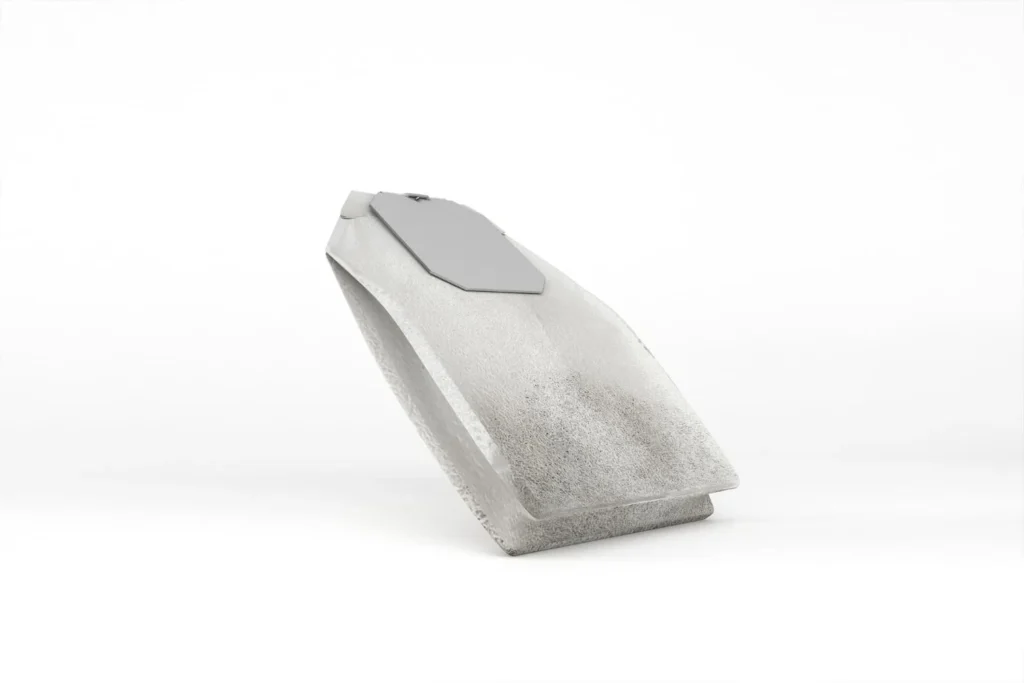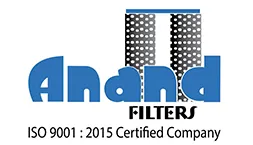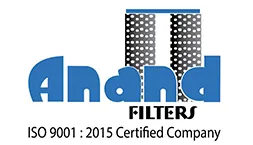
How to Select the Right Non-Woven Filter Bag for Your Industrial Application
Maintaining clean air, liquids, and chemicals in industrial settings is crucial for both worker safety and operational efficiency. By selecting the appropriate filter bag can help your industrial application eliminate undesirable particles and microbes. There are various filter bag styles available, depending on the specific needs of your application. Non-woven filter bags, unlike conventional filters, are designed for high-performance filtration in various industries. Non-woven bags can effectively separate solids from liquids or gases. Depending on the quality and suitability of the filter media, achieves the goal of an effective filtration system in any industrial filtration scenario. With numerous options available, several important considerations must be taken into account when selecting the bag that best suits your application. In this blog, we have outlined the benefits of non-woven filter bags and discuss key considerations for selecting the right one for your specific application. “Non-woven” sounds elegant, doesn’t it? It’s relatively simple, though. Non-woven filter bags are simply fabrics because manufacturers create them by mechanically, chemically, or thermally joining fibers. Although it may seem somewhat modern, non-woven technology has been around for some time. Manufacturers typically use a process known as carding to entangle fibers into a web-like structure, creating these filter bags. As a result, although it is flexible and adaptable, it differs from its woven counterparts in several ways. Additionally, non-woven filter bags have a variety of uses, much as woven ones. It’s crucial to remember that comparing woven and non-woven filter bags, woven filters have a well-organized fiber pattern, which makes them better suited for filtering bigger particles than non-woven filter bags. On the other hand, due to their depth-loading capacity, non-woven filter bags offer superior filtration for fine particles. These unique benefits of non-woven filter bags are helping them to gain traction in Industries that require precision filtration. Excellent Filtration Efficiency: Non-woven filter bags are ideally suited for filtering airborne particulates. The matrix of fibers in the non-woven fabric captures contaminants—such as dust, pollen, mold spores, and other pollutants—by trapping them within complex open airways. The micron rating determines size of the particles in which polyester filter fabric can catch, and thereby enhancing the overall filtration efficiency. Economical: They are typically relatively inexpensive compared to other filter solutions, making them an optimal choice for high volume and short-term applications. Improved Air Quality: Non-woven filter bags can significantly improve indoor air quality by effectively removing particulate matter contaminants. People with allergies or other respiratory diseases would see a huge benefit. Chemical Resistance: The polyester filter fabric is not only chemical resistant but able to withstand a variety of airborne contaminants. It is essential in many commercial or industrial applications, where the airborne pollutants are common. The polyester filter fabric’s chemical resistance allows it to maintain functionality without degradation over time. In addition, many filter bag manufacturers now design their filters to have adjustable properties, allowing for a higher level of efficiency in specific applications. Choosing the right non-woven filter bag is key to getting the filtration results you want. Here are some things to consider: Material Compatibility: Ensure the filter material you select is chemically and temperature compatible with the composition of your process fluid. Micron Ratings: A lower the rating, the smaller the particles the filter can filter out. Micron ratings typically range between 1 and 200 microns. For example, a 1-micron filter bag will filter out particles greater than one micron. A 100-micron filter bag allows the contaminants that are smaller than 100 microns to flow through the unfiltered (between 1 and 99 microns). The micron rating you choose depends on the impurities in your liquid and the level of purity required in the final product. Bag Size: If you use a filter bag that fits properly inside your bag filter housing, it will help eliminate any chance of leakage or bypass. Operating Conditions: Verify the filters’ temperature and pressure specifications to ensure they operate effectively within the system’s operating conditions. Manufacturers assemble different types of non-woven filter bags purposefully for each application: Polyester: Polyester is made entirely of virgin polyester filament. It is a very exceptionally robust and durable material. One of the key aspects of polyester is its flexibility, which allows it to adapt to various environments, including hospitals, construction, cement and power plants, as well as aluminum plants. The optimum temperature range for polyester is around 140–150°C. Homopolymer: When hydrolysis is a concern, manufacturers use homopolymers as a suitable alternative to polyester, especially in ceramic and aluminum factories in cold climates. They also offer a blend of polyester and acrylic as well. It boasts high performance up to 125 degrees Celsius. Meta-Aramid: It is a high-temperature, heat-resistant material specifically designed for use in modern industry due to its excellent fire resistance and broad chemical compatibility. It is stable at temperatures ranging from 200 to 220°C and functions well under high temperatures. It’s crucial to match the appropriate bag type with your system, as different bag types are compatible with various bag filter housing designs. While non-woven filter bags can be very efficient and flexible, there are several mistakes you should watch out for or you might not get the most out of them: Determine Your Needs: Understanding the facility’s needs and process conditions is the first step in selecting the right filter. The composition of the air or gas stream, as well as the size and type of particles and particulate matter that flow through the filter medium, must all be understood by design engineers. Forgetting the Micron Rating: You don’t want to choose the wrong micron rating, as this can lead to problems with early clogging or allowing contaminants to pass through. Neglecting Working Conditions: Temperature and pressure must be considered to prevent loss of chemical filtration and maintain filtration performance. You can ensure that your dust collector bags work optimally in your industrial facility by avoiding these mistakes. Non-woven filter bags are attractive for industrial use due to the combination of strength, effectiveness, and value they offer. The correct choice in the filter bag can do more for your production than any other process control – often amounting to significant cost savings and superior product quality. You can utilize your bag filter housing systems more effectively by understanding the distinction between woven and non-woven filter bags, identifying your specific requirements, and consulting with professional filter bag suppliers. They guarantee that your dust collector bags work effectively, protecting your business and the environment when used and maintained correctly. What Is a Non-Woven Filter Bag?
Why Choose Non-Woven Filter Bags?
Things to Look for in a Non-Woven Filter Bag
Types of Non-Woven Filter Bags
Common Mistakes to Avoid When Choosing Non-Woven Filter Bag
Conclusion

